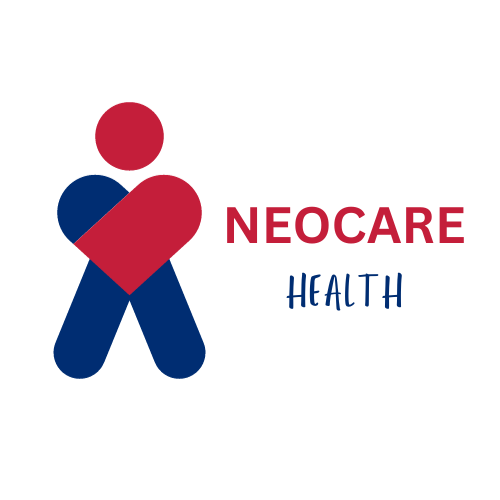Mitigating Staffing Gaps: A Guide to Overcoming Fears in Healthcare Service Disruptions
The healthcare industry, a cornerstone of community well-being, faces the constant challenge of staffing gaps, creating concerns and fears around service disruptions. Recognising the critical need for a resilient healthcare workforce, this blog explores the complexities of staffing gaps, the fears they instill, and provides a comprehensive guide on how healthcare facilities can effectively mitigate these challenges.
Understanding the Impact of Staffing Gaps:
Staffing gaps in healthcare can have far-reaching consequences that extend beyond the immediate concerns of healthcare facilities. These gaps manifest in various ways, each contributing to the fears and apprehensions felt by both healthcare providers and the communities they serve.
• Compromised Patient Care:
• Fear: The foremost concern is the compromise in patient care due to inadequate staffing levels, leading to longer wait times, increased workload on existing staff, and potential delays in critical treatments.
• Mitigation: Implementing proactive staffing solutions, such as partnerships with reliable healthcare staffing agencies, can ensure a steady and qualified workforce to maintain optimal patient care.
• Impact on Employee Well-Being:
• Fear: Healthcare providers fear burnout and declining morale among the existing staff, as they grapple with increased workloads and heightened stress levels in the face of staffing shortages.
• Mitigation: Prioritising employee well-being through initiatives such as flexible scheduling, mental health support, and training opportunities can contribute to staff resilience and satisfaction.
• Operational Inefficiencies:
• Fear: Operational inefficiencies, including delays in administrative processes, can arise when staffing gaps lead to a shortage of personnel to manage essential non-clinical tasks.
• Mitigation: Leveraging technology for administrative tasks and implementing cross-training programs can enhance operational efficiency, reducing the impact of staffing gaps on non-clinical functions.
Addressing Fears with Proactive Strategies:
Mitigating staffing gaps requires a proactive and multifaceted approach that addresses the root causes of these fears. Healthcare facilities can adopt the following strategies to build resilience against staffing challenges:
• Strategic Workforce Planning:
• Conducting a thorough analysis of staffing needs based on patient demand and seasonal variations to develop a strategic workforce plan.
• Collaborative Partnerships:
• Establishing partnerships with reputable healthcare staffing agencies to create a reliable pool of temporary and permanent healthcare professionals.
• Cross-Training Programs:
• Implementing cross-training programs to enhance the versatility of existing staff, allowing them to fill multiple roles during periods of heightened demand.
• Employee Recognition and Support:
• Prioritising employee recognition programs, acknowledging the efforts of staff during challenging times, and providing comprehensive support, including mental health resources.
• Utilising Technology:
• Integrating technology solutions for streamlined administrative processes, allowing healthcare providers to focus on delivering patient care rather than being burdened by paperwork.
Looking to the Future:
As healthcare continues to evolve, the importance of mitigating staffing gaps cannot be overstated. By addressing fears head-on with proactive strategies, healthcare facilities can build resilience, ensuring uninterrupted service delivery and maintaining the well-being of both their staff and the communities they serve. A future-focused approach involves embracing innovative staffing solutions, cultivating a culture of adaptability, and continually refining strategies to stay ahead of the ever-changing landscape of healthcare service demands.
Conclusion:
Mitigating staffing gaps is not just a challenge to overcome; it's an imperative for sustaining the health and well-being of communities. This guide serves as a comprehensive resource for healthcare facilities, offering insights, strategies, and inspiration to navigate the complexities of staffing challenges. By understanding the fears associated with staffing gaps and implementing proactive mitigation strategies, healthcare providers can build a resilient workforce, ensuring that the promise of quality care is upheld even in the face of uncertainty. As we look to the future, the commitment to mitigating staffing gaps becomes a cornerstone for a healthcare landscape that is robust, adaptive, and dedicated to the well-being of all.










